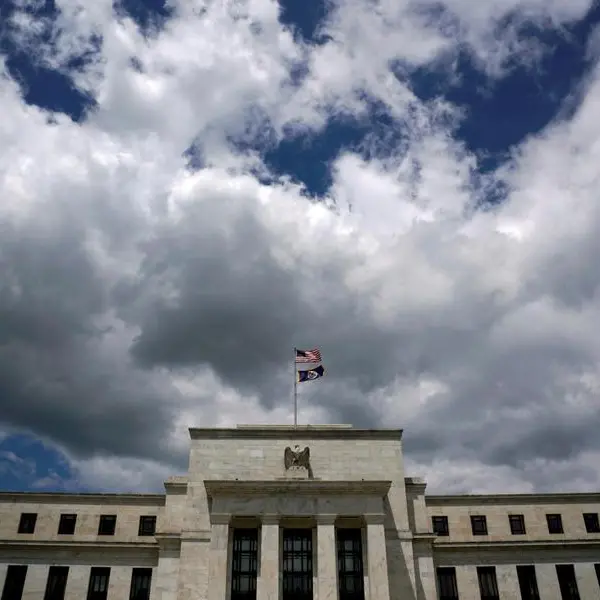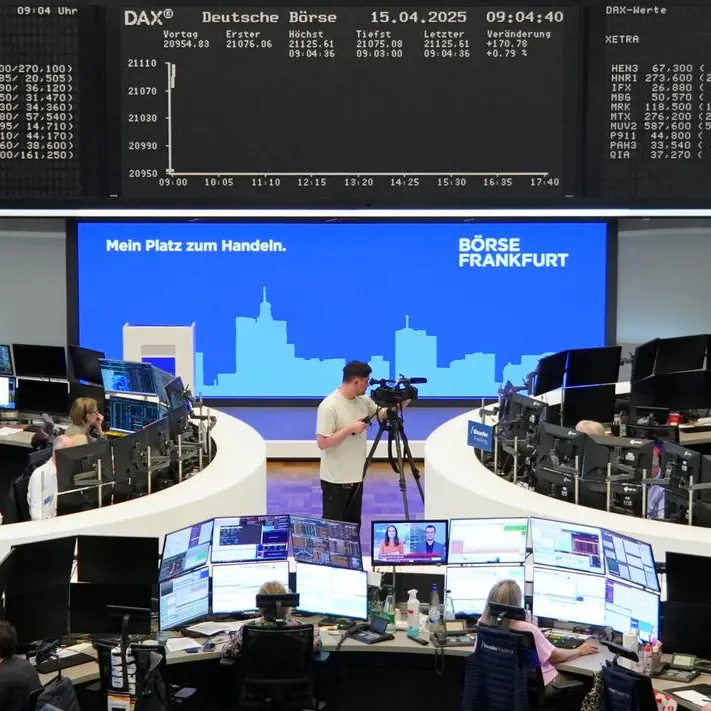PHOTO
Traders work on the floor at the New York Stock Exchange (NYSE) in New York City, U.S., July 3, 2024. REUTERS/Brendan McDermid
The Federal Reserve has proposed new rules that would allow it to gather granular details about banks' exposure to shadow banks, a move that shows how regulators are trying to understand the risks there and the limits of that approach.
Shadow banks, a catch-all term for non-bank financial institutions like private funds and mortgage servicers, are lightly regulated and opaque.
Regulators and industry experts have expressed growing concerns about systemic risks that might be hiding there, especially in areas such as private credit and lending to private funds as interest rates remain higher for longer than the market expected. Shadow banks have grown as regulations have made it more expensive for banks to lend in some areas.
Over the past month, I have been asking lawyers, bankers and others in the market what U.S. regulators have been doing to get a handle on such risks.
One banker said regulators had been asking his firm, a major Wall Street bank, for detail on its overall exposure to individual firms that have sprawling shadow banking operations, like the big private equity firms. They even want to know if the bank is lending to a portfolio company of such funds, said the banker, who requested anonymity to speak candidly.
Then on June 21, the Fed published an in-the-weeds rule change proposal that would essentially allow it to collect that kind of information from the largest banks in a more expansive and structured way.
The regulator wants banks to regularly report to it detailed information about their lending to shadow banks, including things like the type of entity, the collateral used for lending and how it is valued. The regulator also wants to know whether a company that the bank has lent to is owned by financial sponsors.
A Substack publication, called Bank Reg Blog, earlier reported the proposal.
Despite these efforts, however, regulators will remain blind to large swathes of the sector. The Fed, for example, estimates U.S. banks’ total exposure to non-depository financial institutions at $2 trillion at the end of 2022. Private credit alone is now a $1.5 trillion market, according to data provider Preqin.
Chip MacDonald, an Atlanta-based financial services lawyer, said regulators are trying to catch up with newer activities that are similar to banking. "There's been a lot of talk about it, but I'm not sure this proposal is going to answer the questions," MacDonald said.
The issue is not lost on regulators. The chairman of Europe's banking watchdog told my colleagues last week that regulators face information "black holes" that can only be fixed by mandatory disclosure, pointing to a process that could take years.
The G20's Financial Stability Board is gathering data on shadow banks and their ties to lenders. Reuters reported in December that the Bank of England had also asked banks to report private credit exposure.
But it is unclear how joined up these efforts are across jurisdictions and regulators. The Fed's data collection exercise, for example, is driven by the annual stress tests that check large banks' ability to withstand economic shocks.
GRANULAR INFORMATION
In its proposal, the Fed said growth of shadow banks poses risks to banks but a lack of data hinders its "ability to consistently measure, monitor, and model the risk stemming from these exposures under stress."
The proposal seeks to fix that by seeking more "granular information" on lending to shadow banks in a form that collects detailed, loan-level data for stress tests. The confidential forms, called FR Y-14s, are also used broadly across the Fed for supervision and assessing financial stability risks.
It would likely be the end of the year or first quarter of 2025 for the data to start coming in, as the Fed must go through a comment period and finalize the rule. It must then decide how it wants to include the information in its annual stress tests in the future.
NO ALTERNATIVE
Meanwhile, risks are only increasing as the economy slows and business models that relied on ultra-low interest rates adjust to a more normalized environment. Some will not make it.
Private equity firm Vista Equity, for example, is in talks to cede control of its company Pluralsight to private credit lenders, in the first major debt restructuring of a company that borrowed from shadow banks.
Andrew Metrick, a Yale finance professor and director of the university’s program on financial stability, said he did not see a better alternative.
"Looking at banks can help you. It's the main pivot in the system," Metrick said. But he added that regulators "need to worry about ways private credit interacts with a lot of things, not just the banks."
(Reporting by Paritosh Bansal; Editing by Anna Driver)























